The facelifted Mercedes-Benz C-Class 2018 model has been revealed and detailed at the 2018 Geneva motor show, with the popular model set to adopt a range of new high-tech powertrains.
Australian buyers will see the range opened by a new mild hybrid drivetrain in the C200 models, which will pair a new 1.5-litre four-cylinder turbo engine with a 48-volt electrical system and belt-driven starter/alternator, which Benz calls 'EQ Boost'.
The EQ Boost system generates 10kW of power and 160Nm of torque to help overcome turbo lag from a standstill, and it can also work to allow the engine to effectively disconnect from the transmission when the car is coasting. The starter/alternator will recuperate brake energy to help refill the battery system.
The new petrol engine produces 135kW of power and 280Nm of torque, which is slightly less than its predecessor (135kW/300Nm) - but with the 48-volt system it shouldn’t feel like there’s any less performance.
The C200 will be offered internationally in rear-wheel and all-wheel drive, but Australian buyers are expected to have rear-drive only in this spec. Fuel use for the rear-drive model is claimed at 6.0 litres per 100km, while the AWD version is said to use 6.5L/100km (as per the existing C200 RWD).
At this stage Mercedes-Benz has only officially confirmed the C200 petrol drivetrain details, but has stated that the 1.5-litre engine will be joined by a 2.0-litre variant. We’re tipping that’ll be the drivetrain used in the C300 and C350 models, the latter of which is also used in the Mercedes-Benz CLS.
In that car the 350 drivetrain has the same 10kW/160Nm starter/alternator and 48-volt set-up, and power outputs from the four-cylinder engine are pegged at 220kW/400Nm.
If that’s what the C300 runs, then an educated guess would suggest the mid-level C300 would have to have about 180kW/350Nm.
Those after more performance can look to the updated Mercedes-AMG C43. Read all about that here.
And there’ll be a plug-in petrol hybrid model, too. Details are still to come, but it is already confirmed for Australia, and is due later than the rest of the range - expect it in showrooms in 2019.
As for the diesel side of the equation, Australian buyers will continue to have the option of the C220d, which is powered by a new 2.0-litre four-cylinder diesel engine with 143kW of power and 400Nm of torque. In the pre-facelift model, the 2.1-litre produced 125kW/400Nm.
There’s no 48-volt mild-hybrid trickery with the C220d, but it still manages an improvement in claimed fuel consumption: now 4.4L/100km, down from 4.7L.
However, there was another hybrid headliner on show in Geneva - one that won’t be sold in Australia, at least in the short term.
That car is the diesel plug-in hybrid C-Class, which pairs the 2.0-litre four-cylinder engine with a hybridised nine-speed automatic transmission. It has 90kW/440Nm of electric power to supplement the diesel engine’s outputs - with a punchy 700Nm (combined) available at just 1400rpm - as well as a claimed electric driving range of 50 kilometres.
As Daimler head of R&D, Ola Kallenius, put it at the Geneva show: “We see plug-in hybrids as more than a bridging technology… with the right technology, diesel has a future. Improving it is better than banning it.”
Full details, pricing and specifications for the facelifted Mercedes-Benz C-Class model range will be announced ahead of the release of most of the models in the line-up here in August this year.






.jpg)



.jpg)

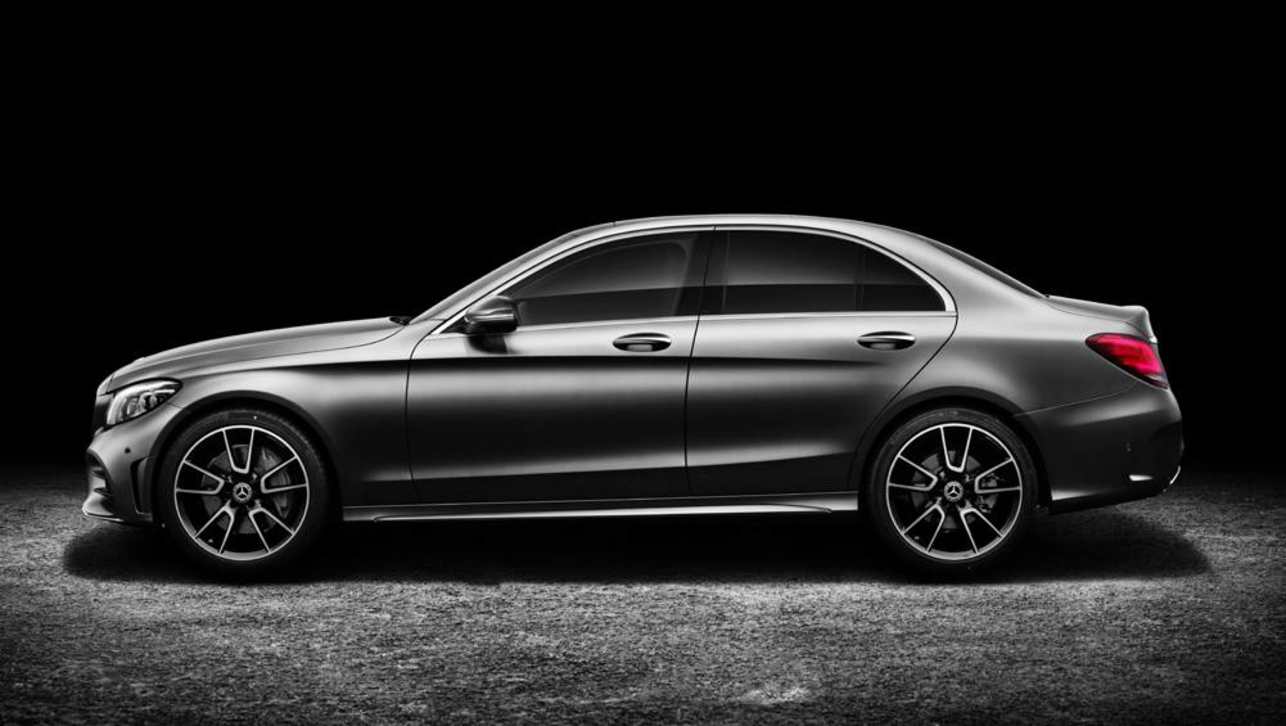
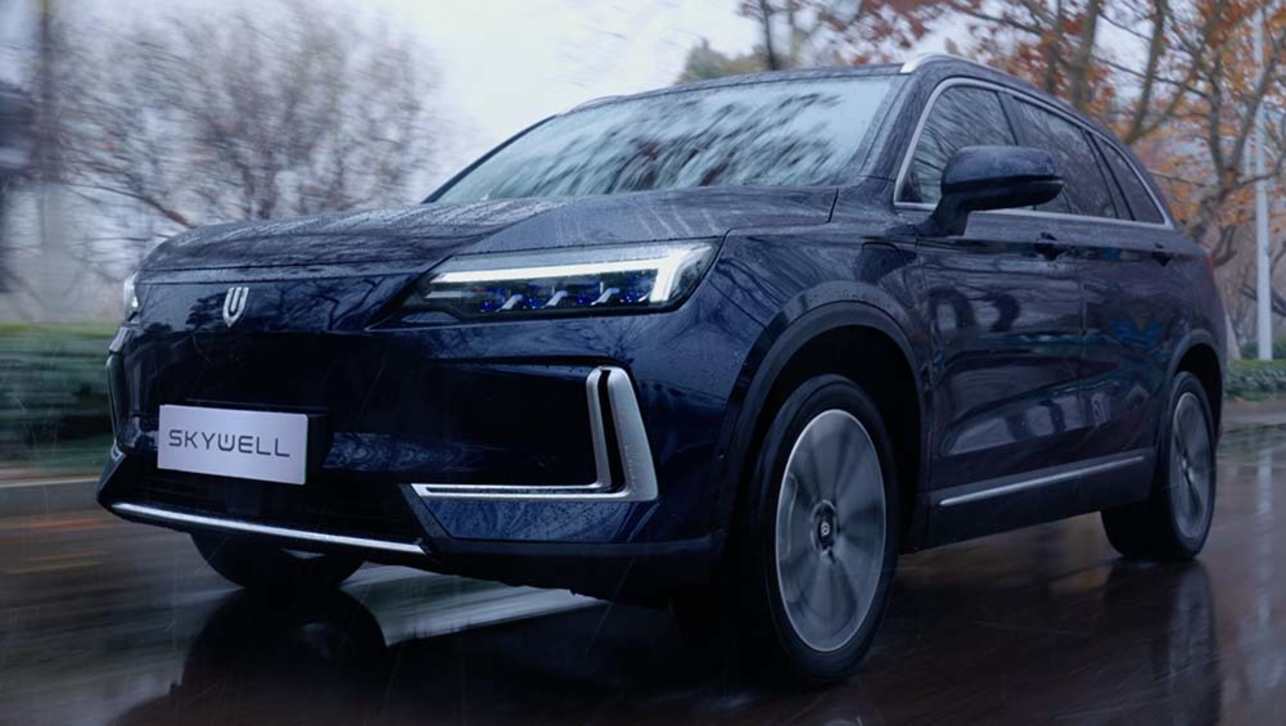
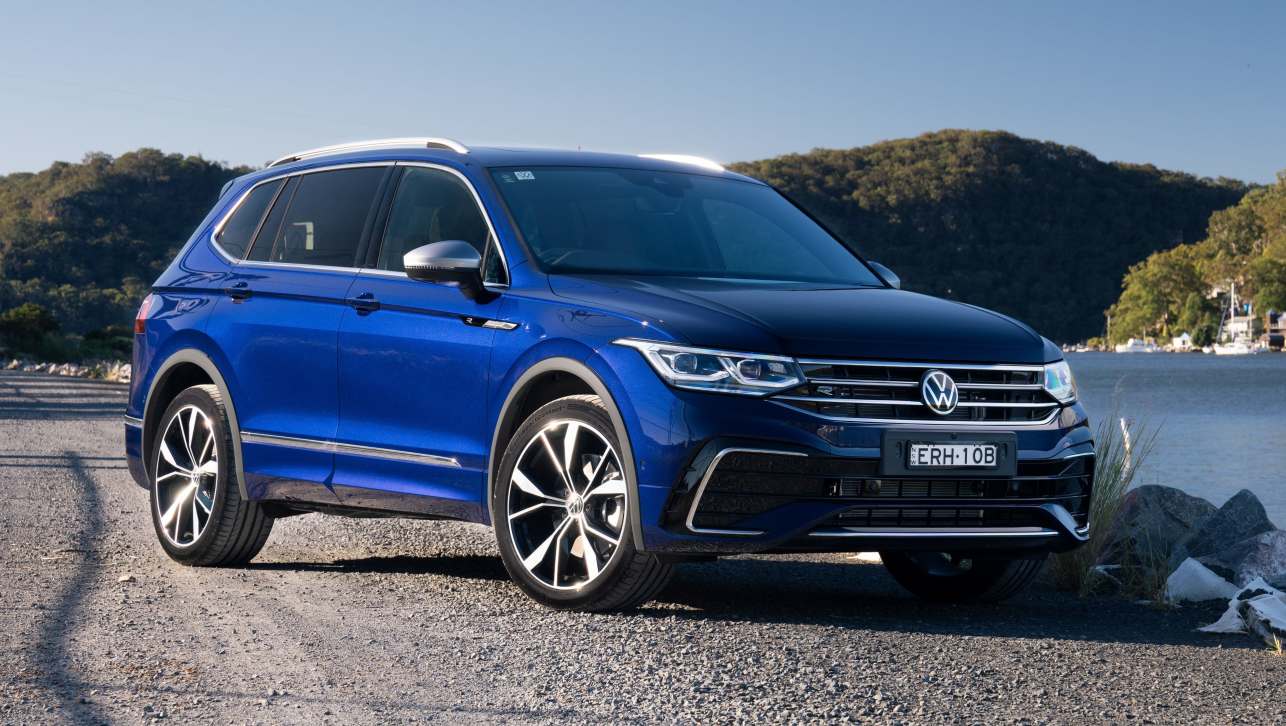
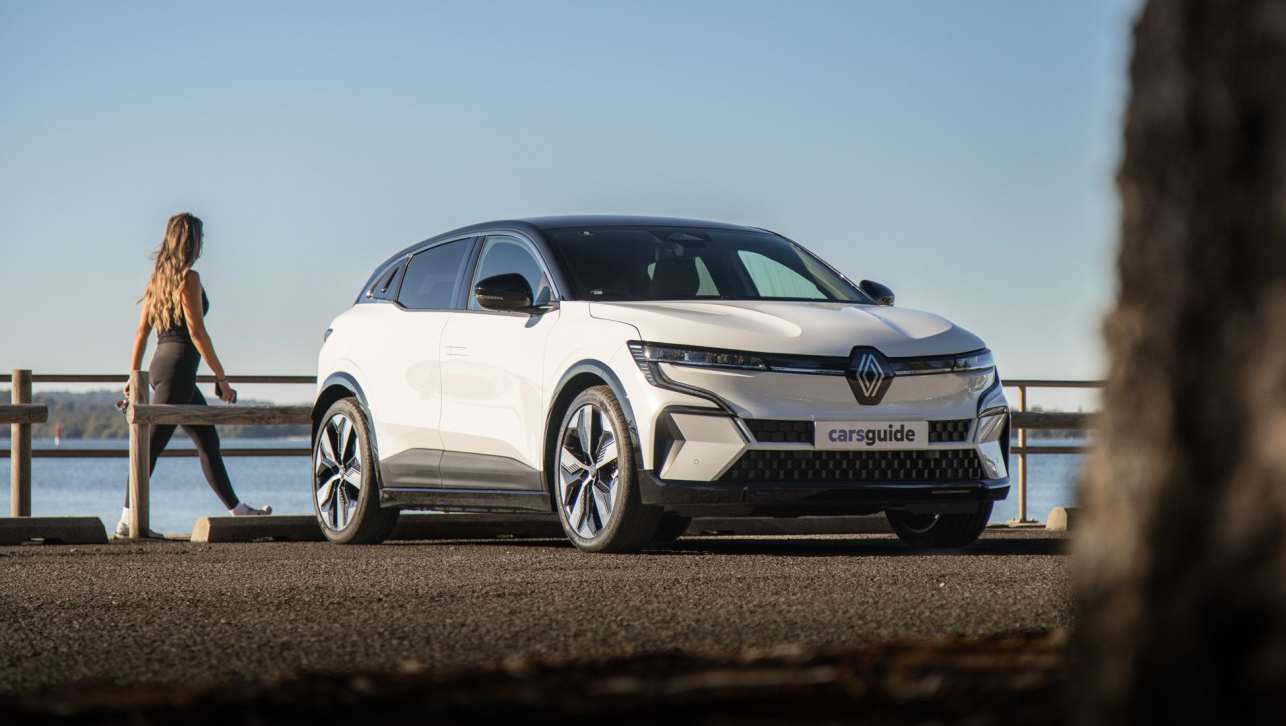

.jpg)
.jpg)
.jpg)
.jpg)
.jpg)
.jpg)

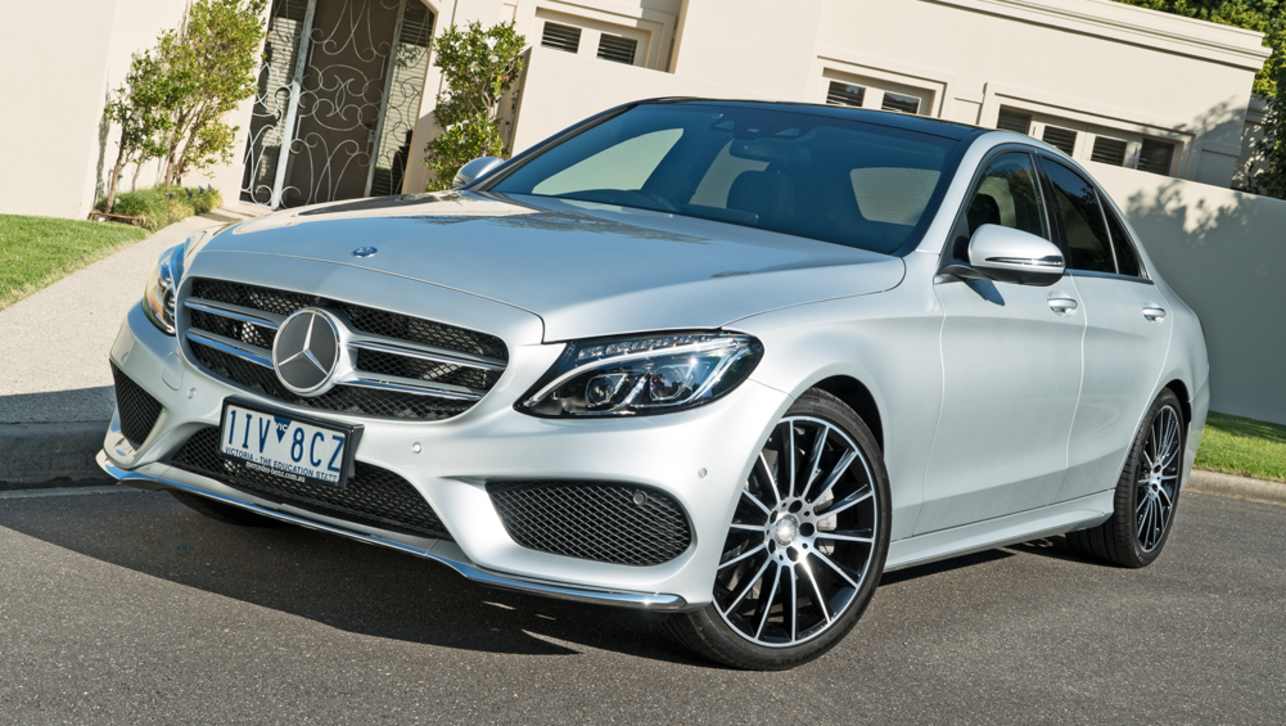
.jpg)
.jpg)



.jpg)
Comments